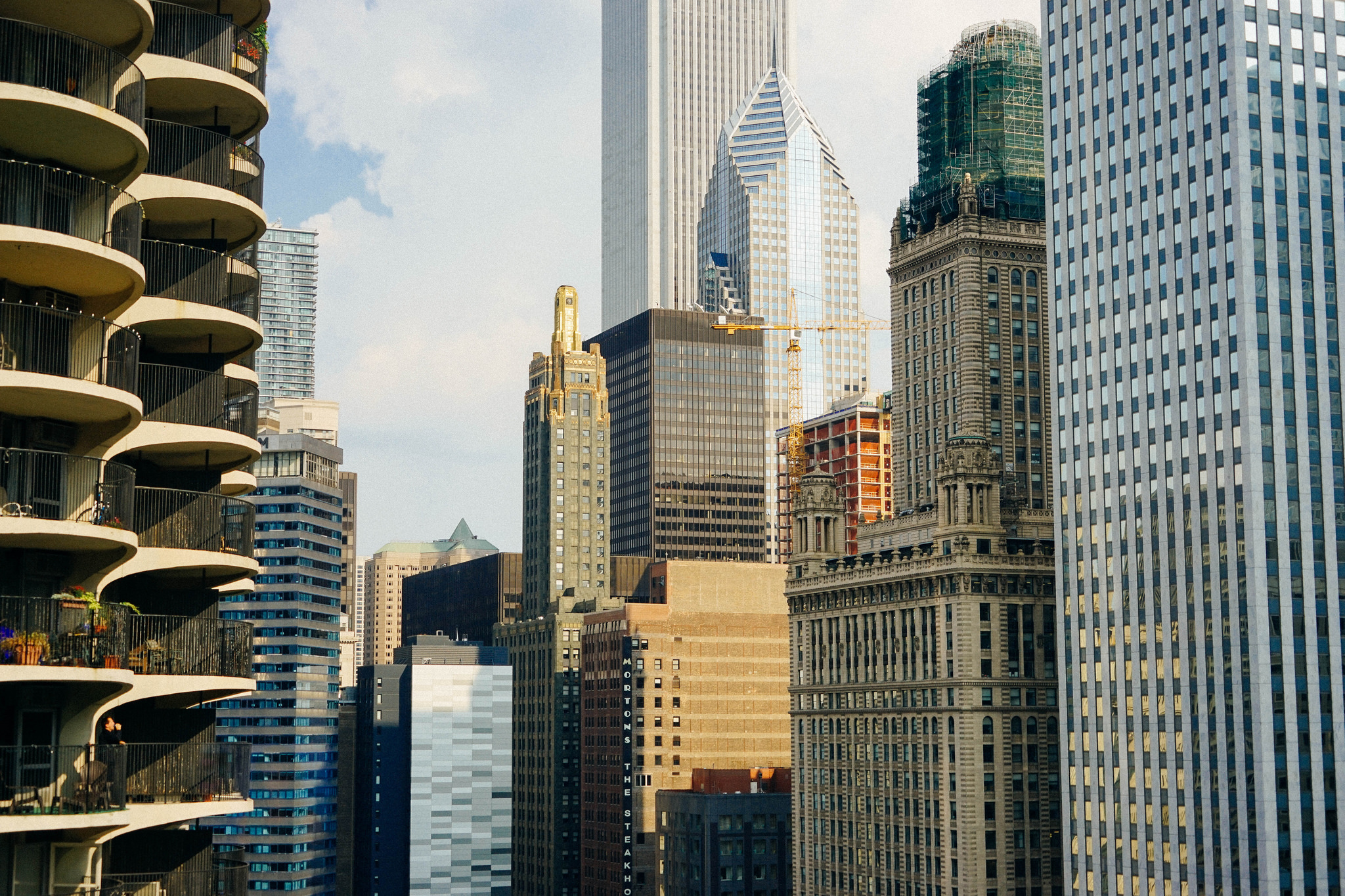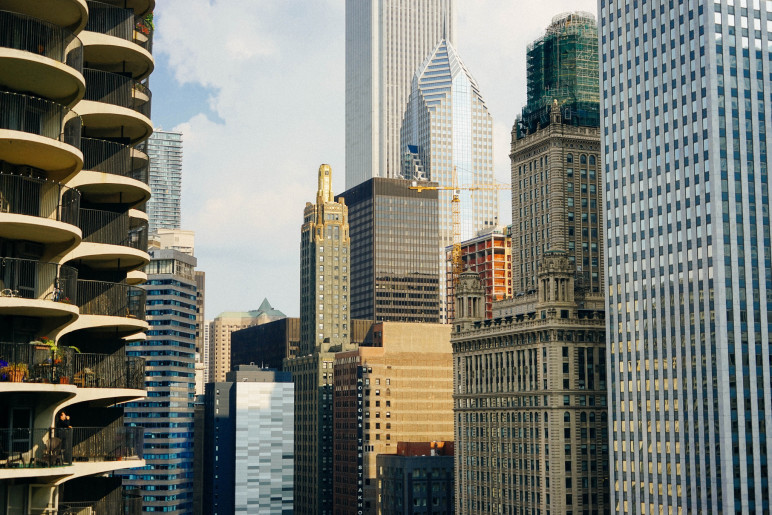Alan
When I was serving on Seattle’s Housing Affordability and Livability Agenda (HALA) committee last year, I wish I had already read Harvard economist Edward Glaeser’s 2011 The Triumph of the City. It wouldn’t have changed my mind on any of the core issues before the committee. My analysis, forged over three decades of reading everything I have been able to find on urban sustainability, already agreed with Glaeser’s: that Seattle, like other booming coastal cities, needs huge increases in the supply of market-rate housing to bend the rent line downward and that, therefore, a critical component of any affordable housing strategy must be to remove barriers to housing supply.
If you don’t already believe that, read Glaeser’s book to see the case. His volume is a tour de force. It assembles in one place all the arguments for density and urbanism and against policies that militate against them. But that’s not the reason I wish I’d read the book already during the HALA months. It would have given me an answer to the question often thrown at me during that process, both by fellow HALA members and by others: name one city where increasing housing supply has made housing affordable. Glaeser provides case studies of several and lists many others. Houston looms large: fourth most populous in the United States and housing costs half as much, roughly, as in cities like Seattle and Vancouver, BC. But Houston is also a case study of sprawl, and as relevant as it is analytically, it is a rhetorical rotting fish in Cascadian arguments. The salient question for Cascadia is what cities have assured the affordability of housing without sprawling. Glaeser’s best answer to that question is probably the city (not whole metro area) of Chicago. Chicago has unleashed housing supply in high-rise, mid-rise, and low-rise units at multiples of the construction pace in other big American cities, and housing there—though not as cheap as in Houston (because taller buildings cost more to build than single-family houses)—is dramatically more affordable than in similarly sized US cities such as Los Angeles and New York.
The book is one I’ll return to often for quick summaries of important empirical findings and research conclusions.
Serena
My first hands-down great read of the year—a long one, yes, but a can’t-miss, and one I pulled into yesterday’s Sightline Daily news headlines. A Canadian author road-trips through America to attend back-to-back Trump and Sanders rallies in Iowa. He eloquently observes the “white man pathology” in both events and its costs for the elusive, amorphous American Dream… managing somehow to also squeeze in the most entertaining descriptions of both candidates’ hair I have read to date.
Portland Community College, under the direction of a diverse group of faculty, students, and staff, and under fire of criticism from the usual suspects, is launching a Whiteness History Month. From the project’s web page:
It’s readily accepted that white history is taught, year-round, to the exclusion of minority histories. But the literal history of whiteness—how and when and why what it means to be white was formulated—is always neglected. The construction of the white identity is a brilliant piece of social engineering. Its origins and heritage should be examined in order to add a critical layer of complexity to a national conversation sorely lacking in nuance.
A new study shows that yes, “smart” people are just as racist as their “less smart” peers… they’re just also smart enough to hide it better.
Am I late to seeing this? Not sure, but check out Tyee Solutions Society’s beautifully constructed report—reminiscent of Sightline’s old “Cascadia Scorecard” project—on the state of Canada’s natural security.
A climate scientist and former astronaut has just been told he has stage four pancreatic cancer, and he has a message for us.
In lighter news: bear costumes, dancing, and donuts—the best party I was never invited to.
Eric
Dan Savage makes a surprisingly compelling case for pinning the blame for global climate change on the gays.
CityLab examined the equity dimensions of bike share programs in cities across the country. The only Cascadian city they analyzed, Seattle, showed curious results: almost perfect parity between rich and poor users and yet also a massive racial disparity.
John
I noticed a new article in the New Yorker by Jane Mayer on the Koch brothers’ attempt to rebrand themselves after exposing minority populations to pet coke pollution and continuing to fund right-wing candidates. Democracy Now devoted nearly all of its news hour on January 20th to Mayer’s past writings on the Koch Brothers, along with her personal experiences after publishing them. (See here, here, and here.)
While I was perusing the New Yorker, I also found a summary of environmental racism in Michigan and Flint.
And, if the information above makes readers wonder, “is there intelligent life on earth?”, here’s an article on what may be Planet 9 (still not Pluto).
Anna
Civil rights activist DeRay McKesson talks to Stephen Colbert about white privilege.
I love the Environmental Protection Agency. I am glad the EPA is busy working for people in the US. Whether we know it or not, Americans count on them! In fact, I say Americans should treat them like a branch of the military—the Environmental Protection Army—and fund and empower them as this country funds and supports our armed forces. That is, so that they can protect us from harm and defend American families and values. Maybe then it wouldn’t take 20 years to figure out that the most popular pesticides are killing off bees (essential to agricultural and general human survival) and who knows how much more borrowed time to do something about it.
And, an oldie but a goodie: Rolling Stone’s deep dive on the Koch Brothers and their way of doing business. This sums it up pretty well:
But in the real world, Koch Industries has used its political might to beat back the very market-based mechanisms – including a cap-and-trade market for carbon pollution—needed to create the ownership rights for pollution that Charles says would improve the functioning of capitalism.
In fact, it appears the very essence of the Koch business model is to exploit breakdowns in the free market. Koch has profited precisely by dumping billions of pounds of pollutants into our waters and skies—essentially for free. It racks up enormous profits from speculative trades lacking economic value that drive up costs for consumers and create risks for our economy.











Rashmir Balasubramaniam
Great food for thought here! Thanks.